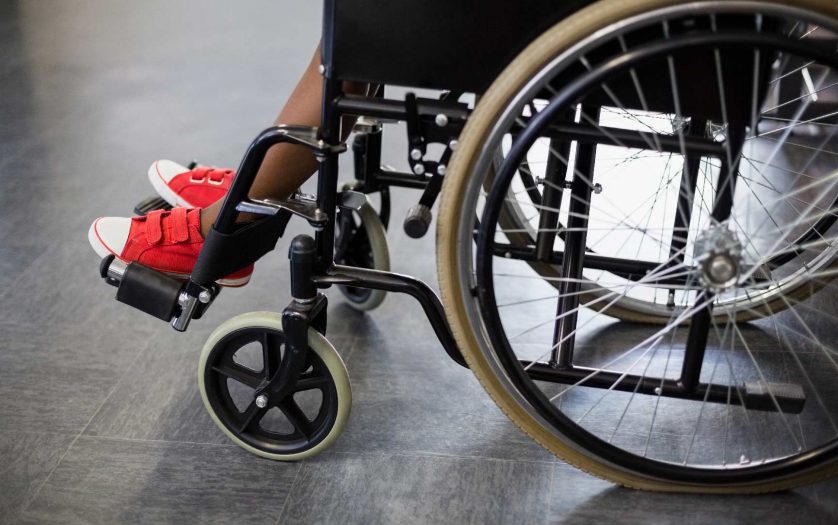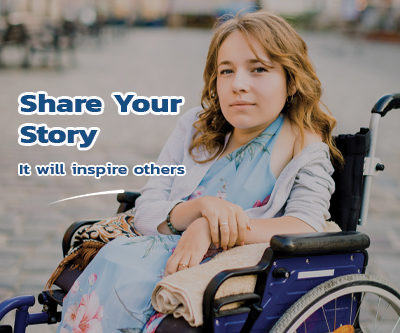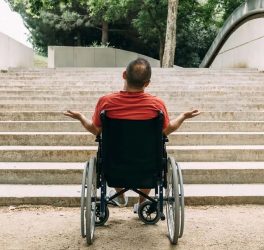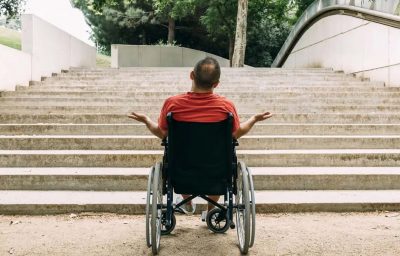
A new study by researchers from Karolinska Institutet and Makerere University suggests that children with cerebral palsy have a 25 times higher risk of premature death in rural Uganda. The leading causes of death were malaria and anemia.
The study is the most extensive study conducted on cerebral palsy in Africa and was published in PLoS One.
The children with severe malnutrition and severe mobility disabilities were the most likely to die. The study reveals that interventions to prevent malaria infections, such as using insecticide-treated mosquito nets, coupled with caregiver training and support, including best feeding practices and simple measures to prevent other infections, could reduce mortality in children with cerebral palsy in this region.
“We found that the death rate was 25 times higher in children with cerebral palsy (CP), compared to the general non-CP population sample. In the CP group, females and older children (10-18 years) had the highest relative risks of death in relation to the non-CP general population,” said Dr. Angelina Kakooza-Mwesige of Makerere University.
Furthermore, in children with CP, there was an almost seven times risk of death in those with severe motor impairments compared to those with milder ones.” said Angelina.
The causes of death in children with cerebral palsy were common conditions like anemia, malaria, pneumonia, and diarrhea with a background of malnutrition. The children with severe malnutrition had a more than three times higher risk of death than those without severe malnutrition.
Targeted interventions to reduce mortality in the CP child population are needed, such as using insecticide-treated mosquito nets to prevent malaria infections, provision of easy to use, locally available nutritious foods coupled with caregiver information and support. There is a need to reinforce and review the existing laws and policies for all children’s right to health care and schooling, including children with disabilities.
“While we believe these findings are largely generalizable across Uganda and East Africa, we will still recommend further research to validate these findings and to evaluate interventions across the Region,” said Angelina Kakooza-Mwesige.








